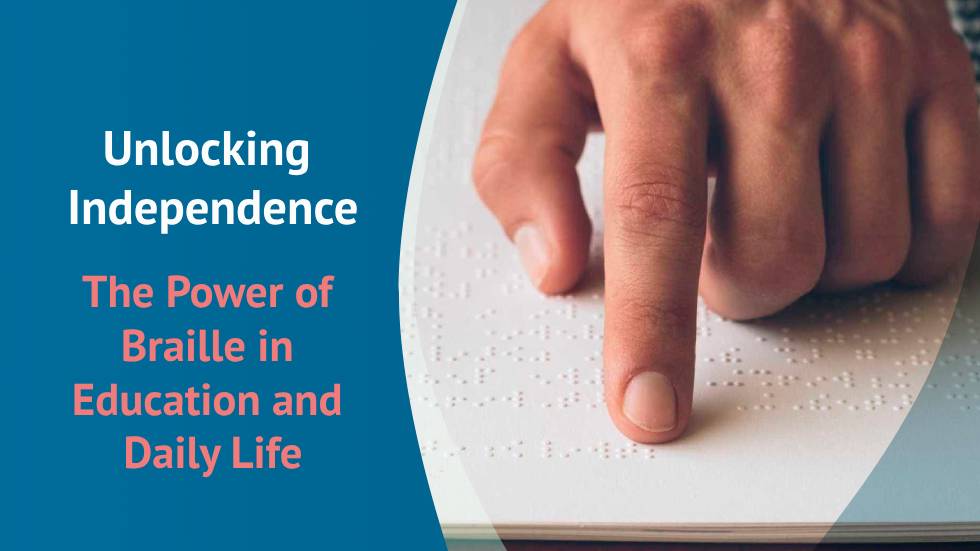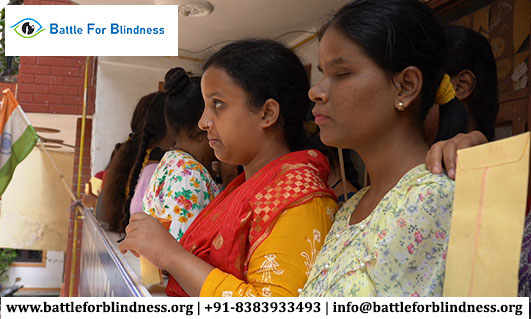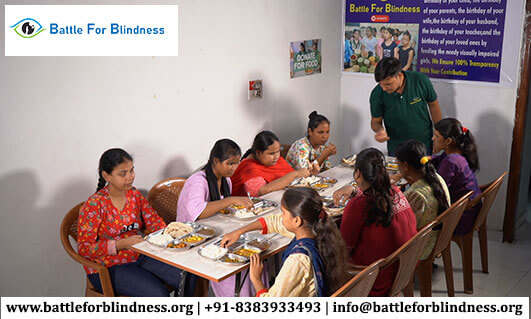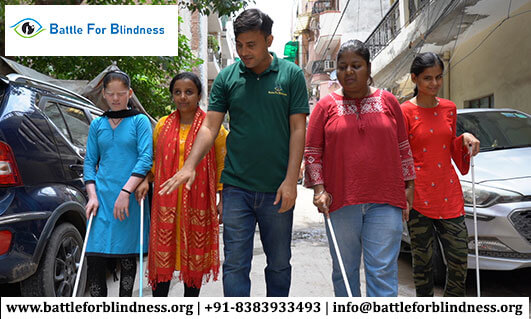
Braille is more than just a system of raised dots; it is a transformative tool that empowers visually impaired individuals by enhancing their ability to read, write, and interact with the world. Learning Braille can significantly impact both education and daily life, opening doors to opportunities and independence. This blog explores how mastering Braille reshapes education and daily activities, providing a roadmap to a more inclusive and accessible future.
1. The Basics of Braille
Braille is a tactile writing system that uses combinations of raised dots to represent letters, numbers, and punctuation marks. Developed by Louis Braille in the 19th century, this system allows individuals who are blind or visually impaired to read and write through touch. Each Braille character is made up of up to six dots arranged in a 3×2 grid, with different patterns representing different letters and symbols.
2. Transforming Education with Braille
Braille plays a crucial role in education for visually impaired students, offering several benefits:
- Enhanced Literacy: Braille enables students to read books, take notes, and engage with written material. This foundational literacy skill is essential for academic success and lifelong learning.
- Access to Textbooks and Resources: With Braille textbooks and educational materials, visually impaired students can participate in mainstream education and access the same content as their sighted peers.
- Independent Learning: Braille allows students to study and complete assignments independently, promoting self-sufficiency and confidence.
- Skill Development: Mastering Braille can help students develop other important skills, such as problem-solving and critical thinking, by providing them with the tools to access and analyze information.
3. Daily Life and Braille
Beyond education, Braille has a profound impact on daily life, enhancing independence and quality of life:
- Navigating Daily Tasks: Braille labels on household items, food packaging, and medication bottles help individuals identify and use products independently, making daily tasks more manageable.
- Writing and Communication: With Braille, individuals can write personal notes, letters, and lists, and communicate more effectively with others. Braille typewriters and electronic Braille devices facilitate this process.
- Accessibility in Public Spaces: Braille signage in public places, such as elevators, restrooms, and transportation systems, provides essential information and aids in navigation.
- Recreational Activities: Braille allows for the enjoyment of various recreational activities, such as reading books, playing Braille-compatible games, and participating in hobbies.
4. The Role of Technology in Braille Literacy
Advancements in technology have expanded the ways Braille can be used and integrated into daily life:
- Electronic Braille Displays: These devices translate digital text into Braille, allowing users to read e-books, emails, and other electronic documents.
- Braille Note-Takers: Portable devices designed for note-taking and text entry in Braille, often with additional features like word processing and internet access.
- Braille Translation Software: Software that converts printed text into Braille, making it easier to create Braille documents and educational materials.
- Accessible Apps: Mobile apps designed to support Braille literacy and offer interactive learning tools for Braille practice.
5. Challenges and Solutions in Braille Literacy
Despite its benefits, there are challenges to Braille literacy that need addressing:
- Limited Availability: There can be a shortage of Braille books and materials, particularly in certain subjects or languages. Increased production and digital resources can help mitigate this issue.
- Training and Instruction: Effective Braille instruction is essential for success. Specialized educators and training programs can provide the necessary skills and support for learners.
- Technological Integration: As technology evolves, ensuring that Braille technology remains up-to-date and accessible is crucial. Ongoing innovation and support are necessary to keep pace with advancements.
6. The Impact of Braille Literacy on Personal Growth
Learning Braille not only enhances practical skills but also contributes to personal growth:
- Increased Independence: Braille empowers individuals to perform tasks independently, boosting confidence and self-reliance.
- Enhanced Social Interaction: With Braille, individuals can engage more fully in social interactions by reading and writing, fostering better communication and relationships.
- Greater Educational and Career Opportunities: Braille literacy opens doors to higher education and career paths by providing equal access to information and resources.
Conclusion
Braille is a powerful tool that transforms the educational and daily experiences of visually impaired individuals. By facilitating literacy, independence, and engagement, Braille plays a pivotal role in promoting equality and enhancing quality of life. As technology and resources continue to advance, the potential for Braille to make a positive impact will only grow, paving the way for a more inclusive and accessible future.
Embracing Braille not only enriches the lives of those who use it but also fosters a greater understanding of the diverse ways people interact with the world.





